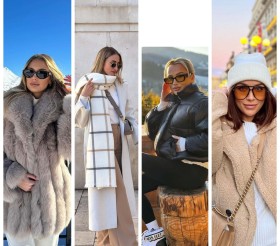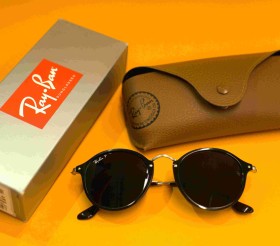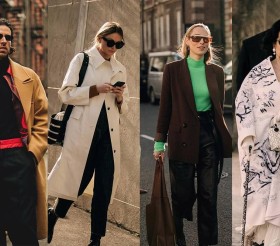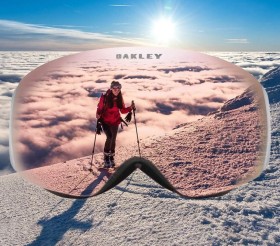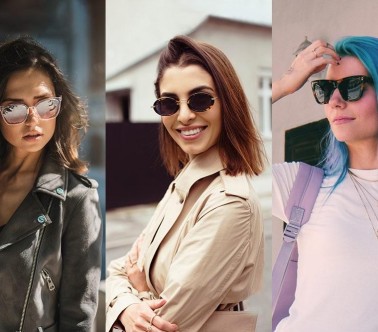Any skier or snowboarder can tell you that clear vision is essential and not being able to see properly may make your day on the slope an unpleasant experience. Snow goggles are just as important as your jacket or pants and you should choose them carefully. In this article, you'll find all the advice you need and all features that you need to take a look at when you look for the right snow goggles for this year's season.
#1 Adapt to the weather conditions you’ll encounter
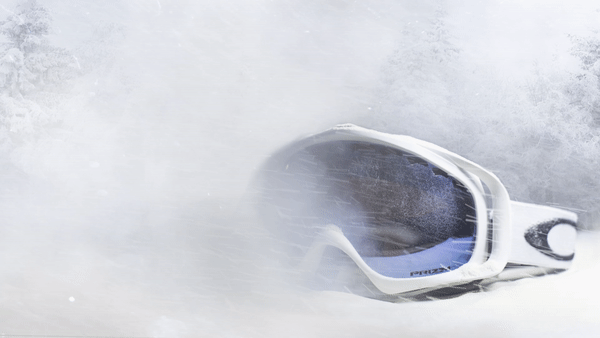
One of the most important factors to consider when buying a pair of new snow goggles is the weather you will encounter. There are dozens of lens colors to choose from, and although one color might match your winter jacket better, each color will filter light differently and offer unique advantages in certain weather and light conditions. Generally, there are three main lens categories, each suited to a particular type of weather.
S1: Cloudy weather / Overcast
This lens type provides crystal clear view when the visibility on the slope is poor. You want to be equipped with S1 lenses when snow falls heavily or when you find yourself riding past the sunset.
S2: Variable / unsettled weather
Most commonly purchased type of lens, capable of dealing with varying light conditions. Provides perfect vision in both sunny and cloudy weather, performs beautifully when afternoon shadows start to creep onto the slope.
S3: Bright / Sunny weather
Next to blocking 100% of the harmful UV rays, high tint offers maximum glare protection. Allows you to see comfortably when the weather is very good.
For more flexibility, photochromic goggles are able to darken and lighten their tint depending on the intensity of the sunlight. Similar to photochromic lenses, unique Oakley's Prizm technology adapts to changing light condition by blocking strategic color wavelengths and making the lens extremely versatile. Another option is to go for snow goggles with technologies featuring lens interchangeability which allow you to change lenses according to current weather conditions.
Lens category vs. VLT
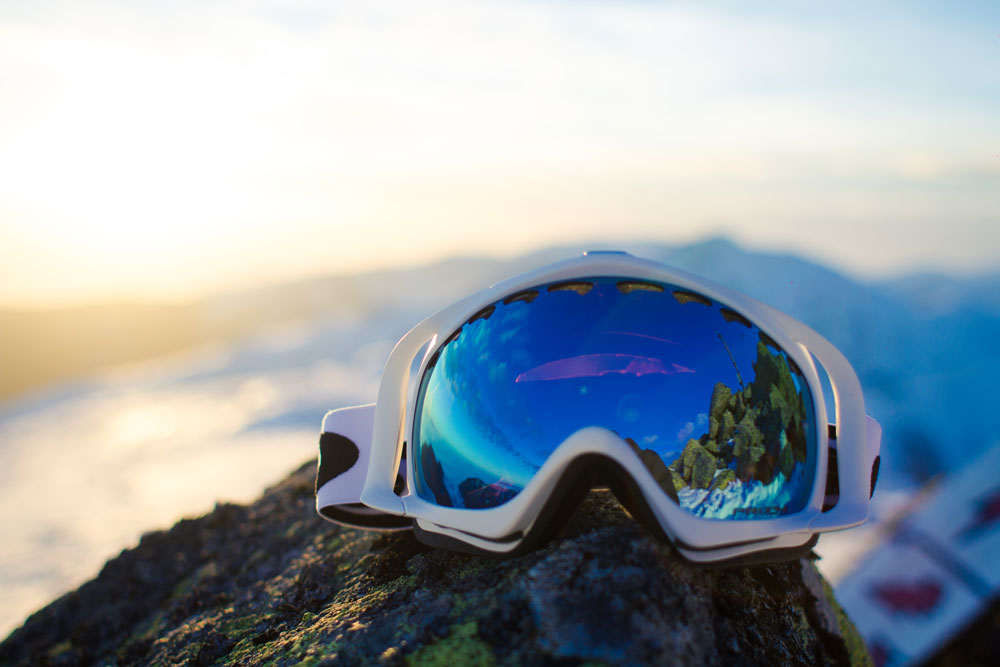
As we already mentioned, when selecting a goggle lens, the tint will vary on the amount of sunlight you expect to get during your ski day. The amount of light transmission is measured by VLT percentage (visible light transmission). The lower the VLT percentage the darker the lens tint. Therefore, lenses with a high VLT percentage are best used in low light conditions and those with a low VLT are suitable for bright and sunny conditions. On eyerim, you can check VLT and category of all lenses manufactured by world-known brands such as Oakley, Cebe, Bolle, Smith and more.
#2 Make yourself comfortable
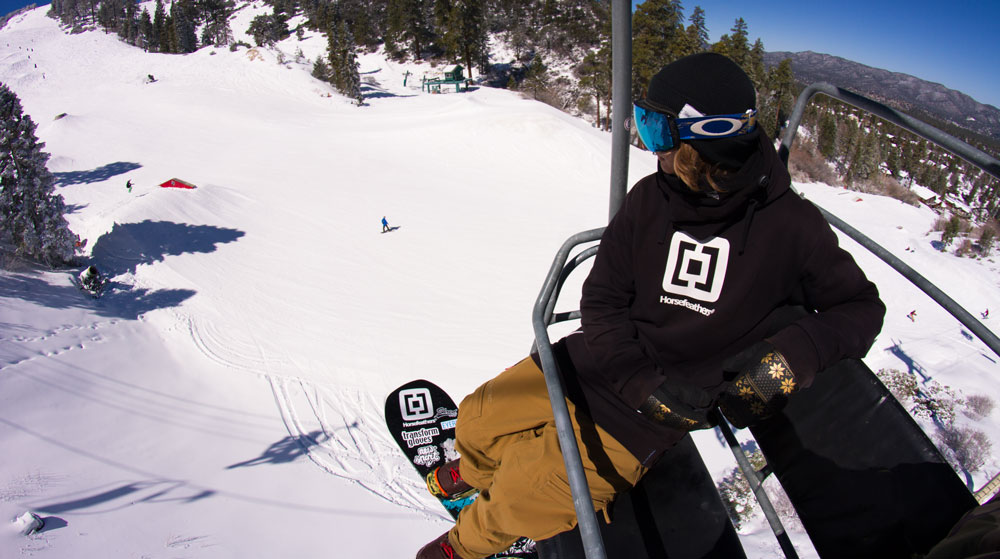
Of course, it’s good to have snow goggles that protect your eyes and enhance your vision, but you shouldn’t forget about comfort too. Pay attention to the following features:
Ventilation (Anti-fog) - This feature is essential for avoiding condensation and allows air to circulate more freely inside the goggle for improved regulation of heat. All snow goggles with anti-fog technologies offer long-lasting fog-free vision and ultimate comfort.
Foam - Make sure the foam follows the curvature of your face without pressure points. Consider double or triple density foam that moulds to the shape of your face. It ensures always secure and comfortable fit.
Strap - Most snow goggles have wide, anti-slip straps that can be adjusted to the circumference of your head
Helmet compatibility - When checking your snow goggles fit, make sure that they work with your helmet. Your goggles should fit smoothly on your face with the strap around the helmet. Great majority of snow goggles on eyerim are perfectly compatible with helmets from all major manufacturers including Bolle, Giro, Anon, K2, Carrera or Smith.
OTG (Over The Glasses) - This feature is essential for all glasses wearers. OTG frames are designed to be worn over the glasses and are larger and deeper than standard pairs. And of course, this is a much less expensive option than a goggle with a custom prescription lens.
#3 Choose the right size
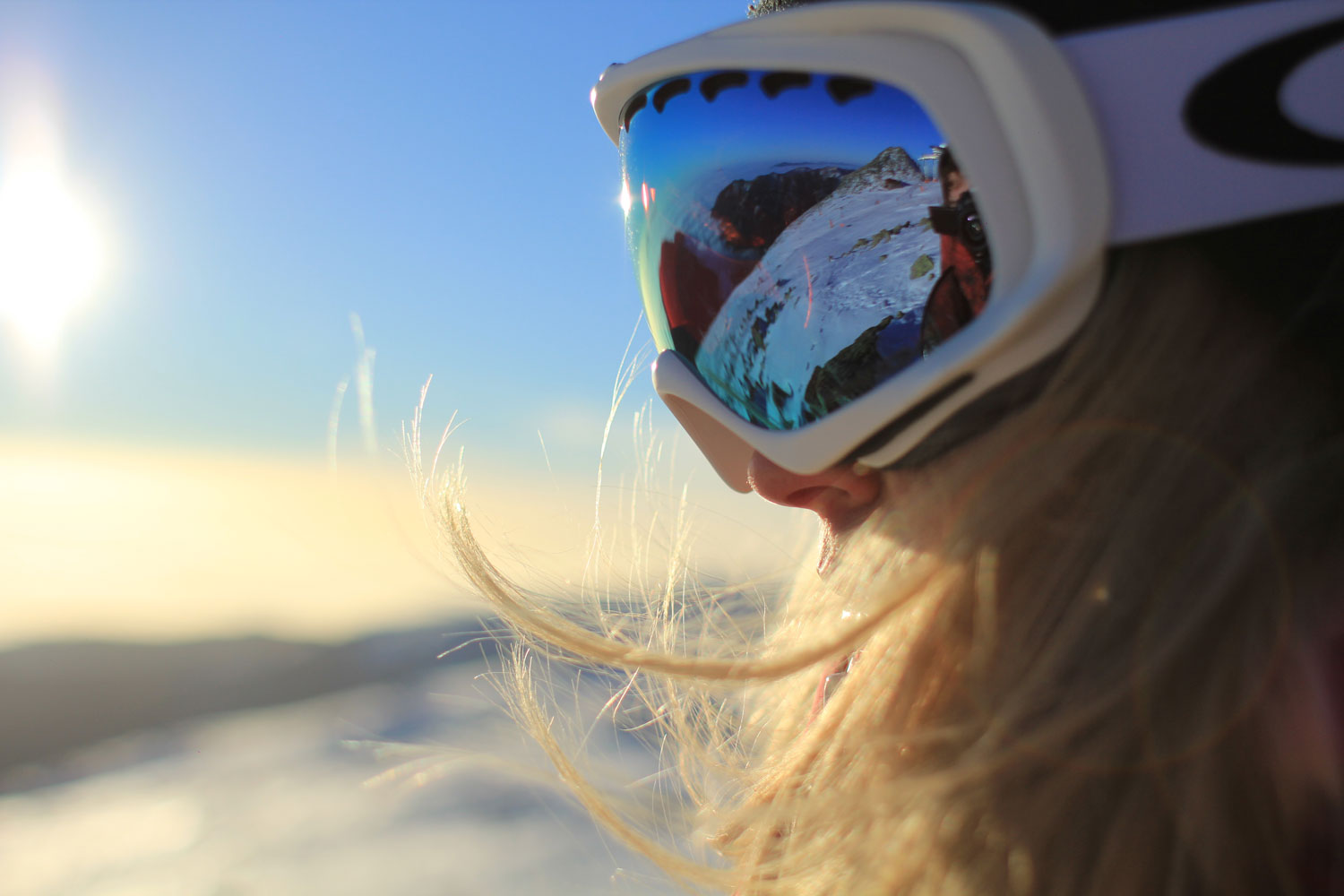 When fitting a pair of ski goggles it is important to choose a frame size that matches the size of your face. The majority of ski goggles are manufactured in standard size (M) and tend to have a universal fit for both adults and teenagers. This size fits the majority of people and it's very likely it's going to be the correct size for you as well.
When fitting a pair of ski goggles it is important to choose a frame size that matches the size of your face. The majority of ski goggles are manufactured in standard size (M) and tend to have a universal fit for both adults and teenagers. This size fits the majority of people and it's very likely it's going to be the correct size for you as well.
Large size (L) goggles have wider, taller and deeper frame size that fits larger faces. Small size (S) goggles, on the other hand, have narrower, shorter, and shallower frame size. They fit kids and youth, as well as adults with smaller faces.
When choosing snow goggles, firstly look at lens type (category) that you will need for the place and time of the year that you will be rocking the slopes in. Then, explore all the added features you may require such as anti-fogging, ventilation, or high definition optics technologies. And of course, look for any style or colour that you may like, there are dozens of them.








